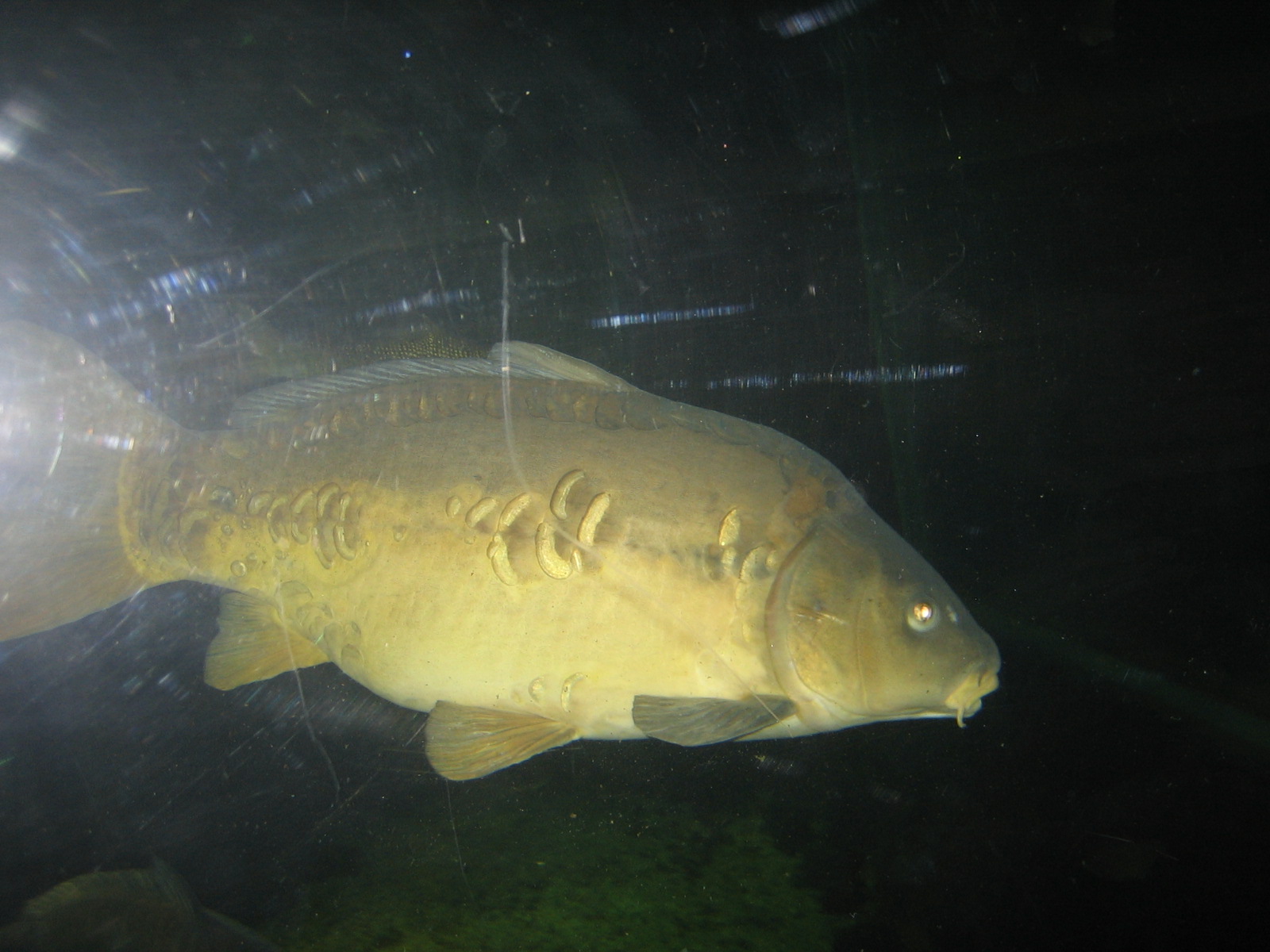What Depth of Water Do Carp Prefer?
This question is a little hard to answer with any certainty. However, I could give my take on the subject.
All carp are different and all waters are different to, but I would say that generally carp are more likely to prefer a depth of water that is comfortable to them, and which provides them with any present requirements. Therefore, the depth at where the carp will feed will depend on the time of year and the weather conditions at the time.
Carp require, and will seek out, food, warmth, areas of greater oxygen levels and shelter. With all these in mind, it makes sense that if any one of these requirements becomes low, then surely they become the priority for the carp at that specific time. Therefore, during the summer they may follow the wind more often. From what I understand, this is usually because oxygen concentrations for many lakes will be lower, mainly due to increased oxygen demands from the growth of other plants and organisms. The bank that receives the wind will contain more oxygen. Therefore, they will more likely be located at the windward bank during this time. It could also mean that the carp will often be higher up in the water, or held up in shallow areas in order to make the most of the rise in oxygen levels. Finding any food sources in this area will be a benefit to them as well. Therefore, the water depth may not be a main consideration for carp in this situation.
Conversely, in the winter or during colder months, many carp may not follow winds because there may not be any major benefit for doing so. At this time of year oxygen saturation for most UK waters should be high enough to provide for all fish, and if the carp can find other food sources, then following the wind will not become a priority. In fact, if seeking out warmer water is the carp’s priority at this time, then it makes sense for it to be located in the deeper waters and at the back of any cold winds.
I would be inclined to believe that water depth would be more important for carp when attempting to control their surrounding temperature. If the weather changes to become colder, they may try to find warmth in the deeper layers of the lake. Although, it doesn’t necessarily mean that the deeper they go the warmer the water becomes. Some lakes develop mid-water, thermal layers, and these will become ideal depths for carp to hold up in during certain times of the year.
The deepest water is not always the warmest because very cold water sinks to the bottom of the lake. Therefore, the deeper water may actually become the coldest at certain times of the year. This can also be the case in the warmer months if cold, heavy rain pours down. The colder rainwater sinks to the bottom, and the carp will prefer the depths of mid-water areas as these can quickly become the warmest until well after the rain has stopped.
If the water goes below 4 degrees it starts to rise up to the surface. When it gets really cold during the winter, the carp will prefer the deeper areas of the lake as this will remain warmer, especially if the surface freezes over. At this time, the carp will probably hug the bottom and will generally feed at this depth for most of the time.
In some very deep, European waters carp may prefer to feed naturally in the shallow depths around the margins. This is where the sunlight allows plants and other organisms to grow, so they can find natural food sources around these areas and at certain times of the year. They may also prefer to feed in the slightly deeper areas along marginal shelves where natural food items, brought in by the water currents, may hold up in deep troughs. However, it is well known that angling pressure can change a carp’s natural feeding habits. Consistent angling pressure can cause the carp to start feeding in the very deep areas of a lake, feeding on other natural food items available at greater depths.
In practice, it’s probably a good idea to fish for carp in areas where there are variations in water depth, especially in the winter. Any changes in light penetrations within the water columns may cause carp to move up over a shelf where they’ll feed in the shallower waters. Any big cloud coverage can cause them to move back down into the deeper water. Therefore, rigs can be placed at different depths in order to intercept a fish if there are light changes during the day.
No matter what depth you attempt to fish for carp, I think it’s important to remember that carp will feed at virtually any depth if they’re hungry enough. Do a good job to get them feeding and they’ll feed on your bait at any depth!
Locating Big Carp in the Spring
Carp Location in the Summertime
Finding Large Carp in the Cold Winter
Location of Most Carp in Autumn
The Case for Quality Carp Bait
Fishing Tactics for Snags & Trees
Boilie Placement on the Hair rig
Different types of carp rigs to use
A Carp's Digestive System in Detail
Ingredients used in Common Carp Baits
Common Baiting Tactics When Fishing
The Various Carp Bait used to Catch Bigger Carp
When to use Pop-ups or Bottom Bait for Carp Fishing
How to complete a Baiting Campaign on Lakes & Ponds
The Basic Carp Fishing Baits Used to Catch Large Carp
Fishing Tactics when Fishing for Carp during Long-stay Sessions
